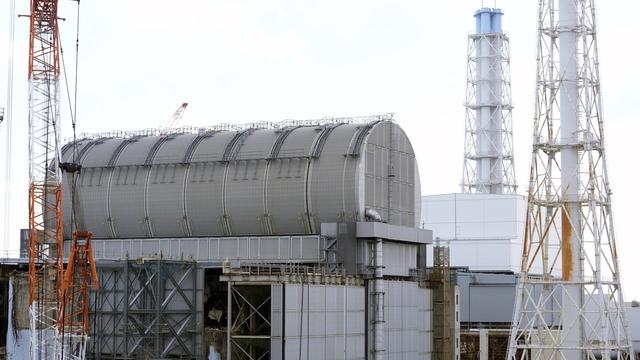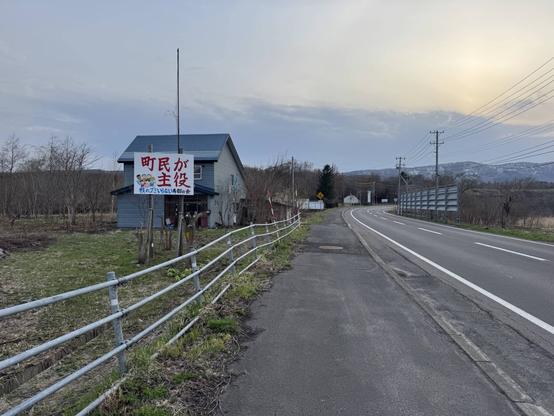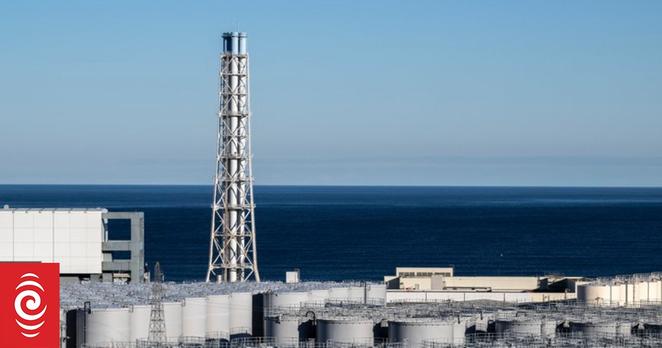#Japan's #Fukushima #nuclear wastewater 'pose major #environmental, #HumanRights risks' - UN experts
20 May 2025
"The United Nations (UN) human rights experts have written to the Japanese government to express their concerns about the release of more than one million metric tonnes of treated nuclear wastewater into the #PacificOcean.
"In August 2023, Japan began discharging wastewaster from about 1000 storage tanks of contaminated water collected after the earthquake and tsunami in 2011 that caused the meltdown of its Fukushima nuclear plant.
"In the formal communication, available publicly, UN Human Rights Council special rappoteurs addressed the the management of Advanced Liquid Processing System (ALPS)-treated wastewater from the Fukushima Daiichi Nuclear Power Station (NPS) by the Japan government and TEPCO (Tokio Electric Power), and the ongoing discharge of such waters into the Pacific Ocean.
"They said 'we are alarmed that the implementation of contaminated water release operations of into the ocean may pose major environmental and human rights risks, exposing people, especially children, to threats of further contamination in Japan and beyond.'
" 'We wish to raise our concern about the allegations of the failure to assess the consequences on health of the release of wastewater against the best available scientific evidence,' the special rappoteurs write.
" 'Against this backdrop, we would like to highlight that the threats to the enjoyment of the right to adequate food do not concern only local people within the borders of Japan.
" 'Given the migratory nature of fish, their contamination represents a risk also for people living beyond the Japanese borders, including Indigenous Peoples across the Pacific Ocean which, according to their culture and traditions, mainly rely on seafood as their primary livelihood.'
"The letter follows a complaint submitted by Ocean Vision Legal in August 2023 on behalf of the Pacific Network on Globalisation (#PANG) and endorsed by over 50 civil society groups in the Pacific and beyond.
"In a statement on Tuesday, PANG hailed it as "a landmark move for #OceanJustice and #HumanRights'.
"The organisation said that the destructive legacy of nuclear #contamination through #NuclearTesting is still strongly felt across the region.
"It said this legacy is marked by severe health impacts across generations and the ongoing failure to properly clean up test sites, which continue to contaminate the islands and waterways that Pacific peoples depend on.
" 'As Pacific groups, we remain disappointed in the Japanese Government and TEPCO's shameless disregard of the calls by numerous Pacific leaders and civil society groups to hold off on any further release,' PANG's coordinator Joey Tau said.
" 'Their ignorance constitutes a brazen threat to Pacific peoples' livelihoods, safety, health and well-being, and the sovereignty of Pacific nations,' he added.
"Japan has consistently maintained that the release is safe.
"The UN human rights experts have asked for further information from Japan, including on the allegations raised, and on how the Radiological Environmental Impact Assessment has been conducted according to the best available scientific evidence.
"This communication sends a clear message: Ocean issues must be understood as human rights issues, requiring precautionary and informed action aligned with international environmental law to safeguard both people and the marine environment.
"#OceanVisionLegal founder and CEO Anna von Rebay said while the communication is not legally binding, it is a crucial milestone.
" 'It informs the interpretation of human rights and environmental law in response to contemporary threats, contributing to the development of customary international law and strengthens accountability for any actor harming the Ocean,' she said.
" 'Ultimately, it paves the way towards a future where the Ocean's health is fully recognised as fundamental to human dignity, justice, and intergenerational equity.' "
https://www.rnz.co.nz/international/pacific-news/561566/japan-s-fukushima-nuclear-wastewater-pose-major-environmental-human-rights-risks-un-experts
#OceansAreLife #WaterIsLife #Radiation #TEPCOLies #NoFukushimaDumping #FukushimaIsntOver #TEPCOLies #NoDumping #Tritium #PacificOcean #WaterIsLife #NoNukes #NoNewNukes #FukushimaDaiichi #Fukushima #ALPS #RadioactiveContamination #HormesisIsBullShit #Bioaccumulation #NuclearPowerCorruptionAndLies



